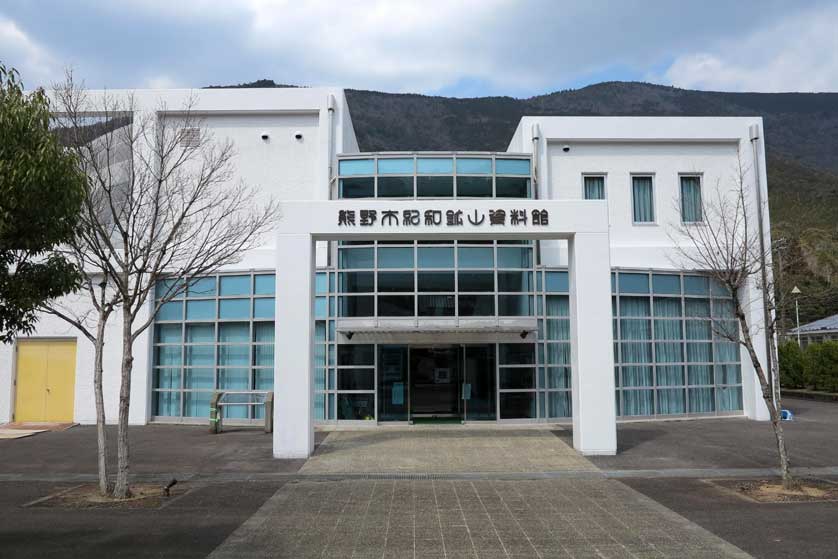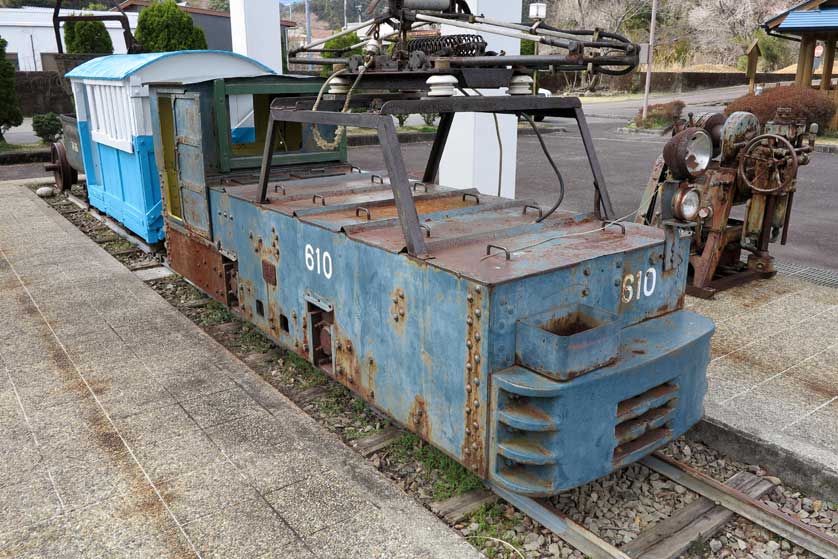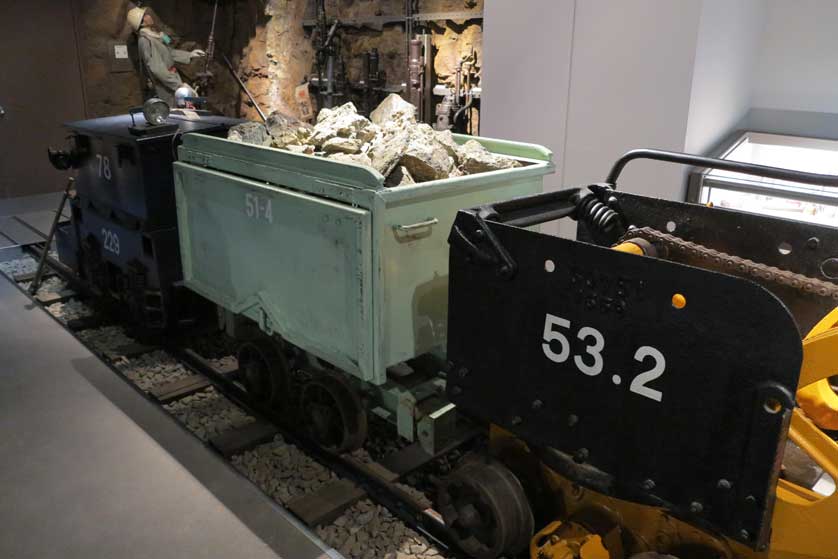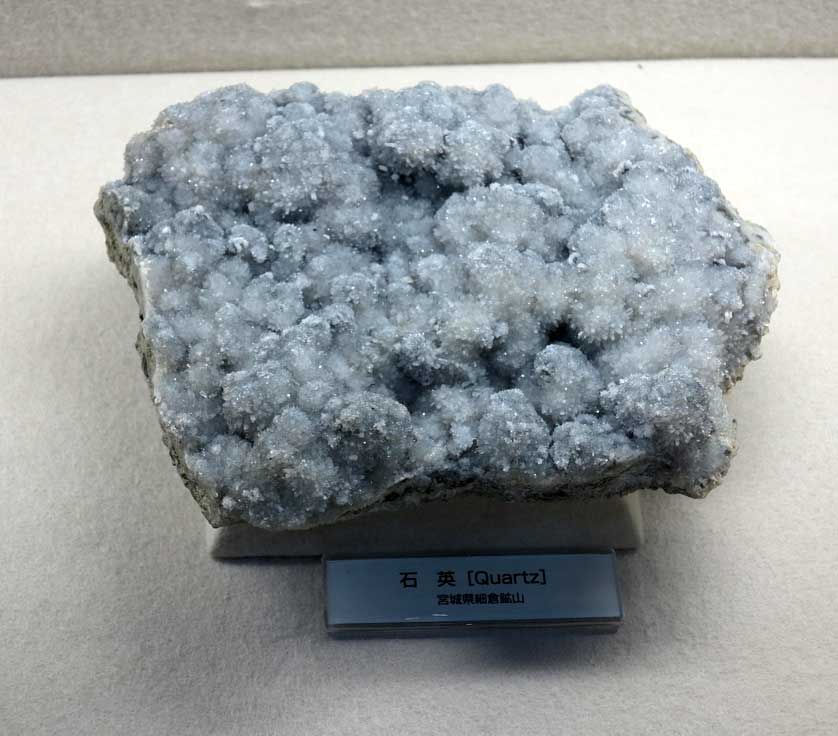Kiwa-cho Mine Museum 紀和町鉱山資料館

The Kiwa-cho Mine Museum in the mountains west of Kumano-shi (Kumano city) in Mie Prefecture presents the history of what was once one of Japan’s largest mines. The museum opened in 1995.
Kiwa-cho Mine Museum History
Gold, silver and copper were extracted from the area around the present-day museum from the Nara Period on. The famous Buddha statue in Todaiji Temple, Nara, had been built with bronze from Kiwa.
A modern mine was opened at the site in 1934 during the Showa Period and was worked until 1978 when the mines were closed and the miners and their families began to drift away, resulting in a dramatic decline in the local population.
During the Second World War, a group of British POW’s were forced to work at the mine. Most of the 300 so-called “Iruka Boys” survived their experience but 16 of them died and a memorial called Little Britain has been built nearby, thanks to the efforts of a local woman.

Kiwa-cho Mine Museum Exhibits
The two-story Kiwa-cho Mine Museum contains a variety of exhibits including a large number of rock samples showing the different metals and minerals that were extracted from the mine over the ages.
Scale models show the extent of the mine tunnels and shafts spreading out in the surrounding hills. Dioramas and mannequins recreate the offices of the Edo Period local governors, who controlled the mines, and also working conditions in the mines themselves from the 8th century on.
Also on display are Japanese swords (“Iruka swords”) made from metal from the mines, tools used to extract the ores, along with documents, weapons, and items of clothing.
The lift to the first floor from the second floor attempts to recreate the descent into a mine shaft. The first floor is dedicated to the more modern Showa era mine and contains life-sized mannequins wielding power drills, the engine and carriages from the pit railway, and a section on the British POWs who worked at the mines during World War II (see above).
Original photographs reproduced on wall panels also help to demonstrate what life was like for the miners who extracted 3,000 tons of copper from the mine between 1934 and 1978.

Access
Kiwa-cho Mine Museum (kiwa.is-mine.net in Japanese)
Itaya 110-1, Kiwa-cho
Kumano-shi, Mie 519-5413
Tel: 0597 97 1000
Admission: 300 yen for adults; 100 yen for elementary & junior high school children.
Hours: 9 am-5 pm; closed Monday or the next day if
Monday is a national holiday. Also closed over the New Year period.
There are Mie Kotsu buses from the bus stop across the road from Kumano-shi Station to Kiwa-cho Mine Museum that terminate at Seiryu-so Onsen near the beautiful Kitayama River.
The bus journey takes about 50 minutes with the first daily bus at 11.25 am. There are other buses at 1.50 pm, 3.50 pm (weekends and public holidays only), 4.34 pm (Monday-Friday only), and 7.15 pm.

Nearby
The Maruyama Senmaida rice terraces are a 4-5 km walk along quiet country roads from the museum. Yunokuchi Onsen is a walk or short drive from the terminus of the bus at Seiryu-so Onsen. An old mining train (Toroko Densha) also connects Seiryu-so Onsen and Yunokuchi Onsen in 10 minutes through dark tunnels and pristine forests. It is also possible to ride a joined pair of “Rail Mountain Bikes” on the route in the times between the train departures.